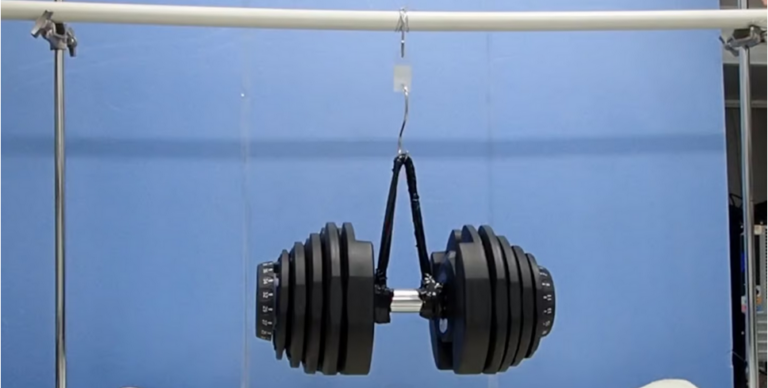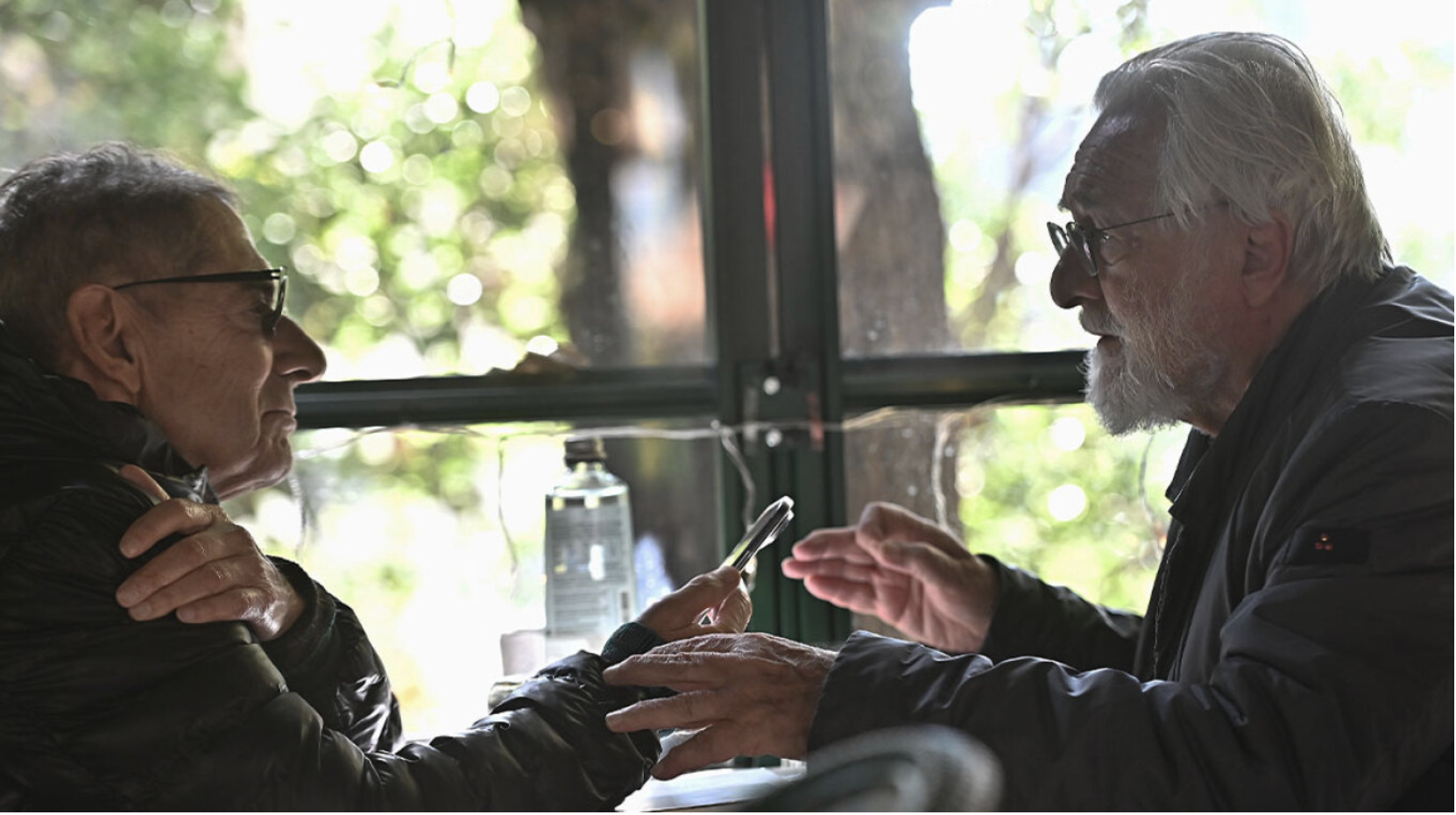Scientists in Japan have developed an intriguing new glue that can basically be switched on and off on demand. The adhesive sticks together when hit with one wavelength of light, and breaks apart with another, allowing it to be removed and reused easily – potentially, even underwater.
Designing adhesives means balancing two conflicting properties – how well it sticks together, and how easily it comes apart. Obviously, boosting one usually sacrifices the other. An ideal glue would be one that holds strong during use, but can be released on demand to adjust for mistakes or when a product is no longer useful.
Now, scientists at Japan’s National Institute for Materials Science (NIMS) have developed an adhesive that can do just that. The key ingredient is caffeic acid, which can form and break cross-links under different wavelengths of light. In this case, the team made a polymer containing caffeic acid, applied it to a surface, and exposed it to UV light with a wavelength of 365 nanometers (nm). This cures it into a firm film that holds strong at room temperature, with a shear adhesion strength of up to 7.2 MPa.
Continue here: New Atlas
Ask me anything
Explore related questions





